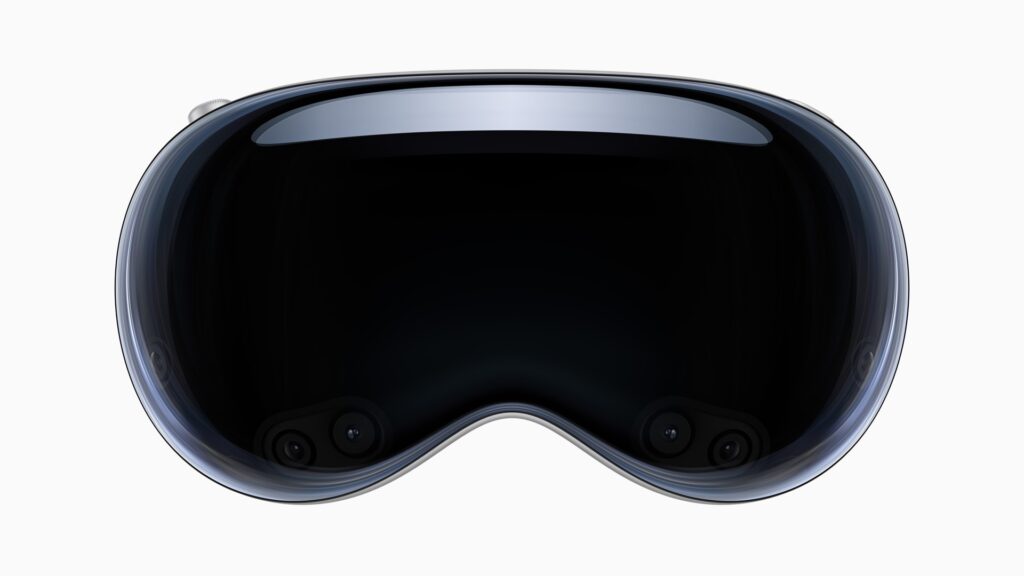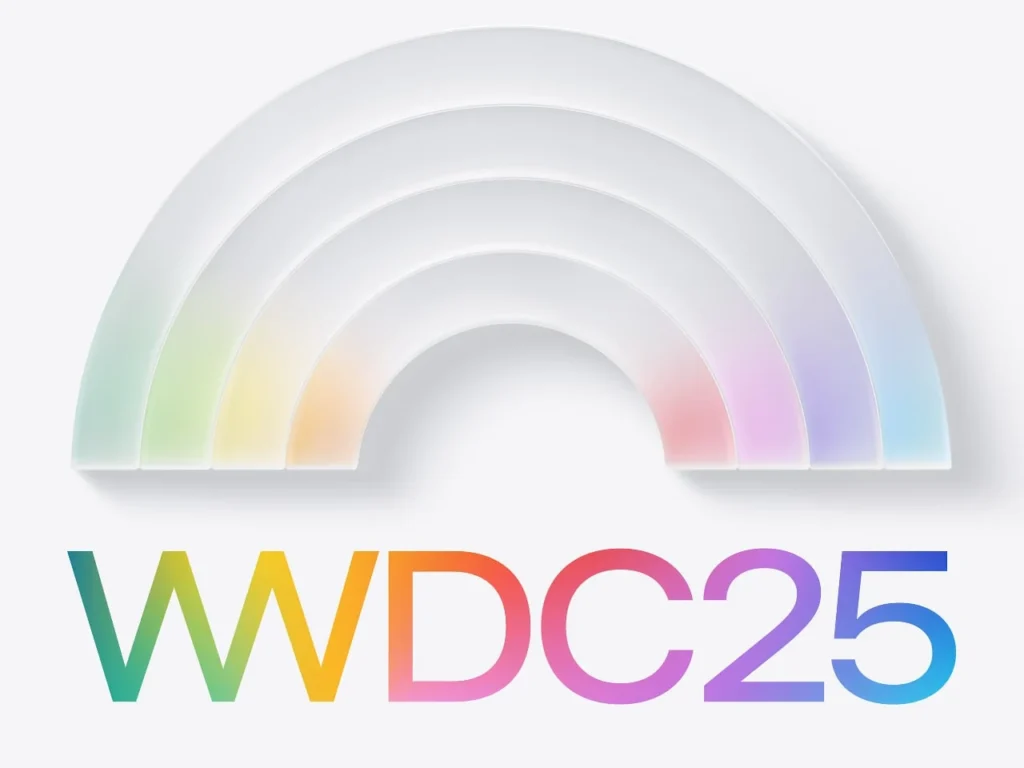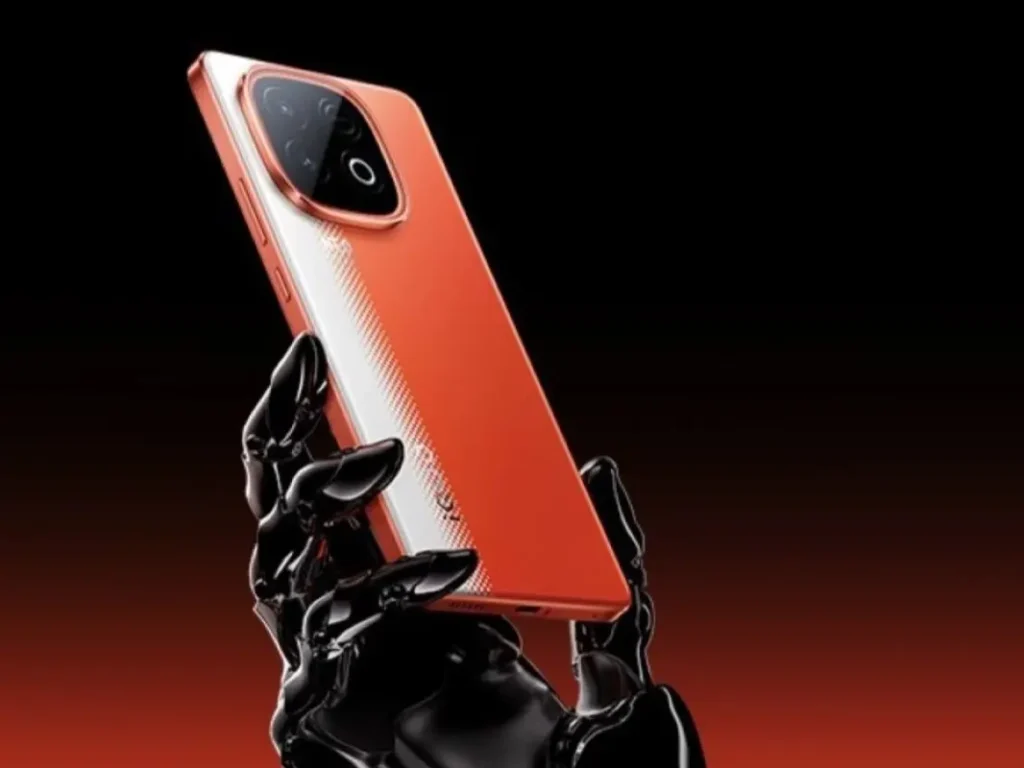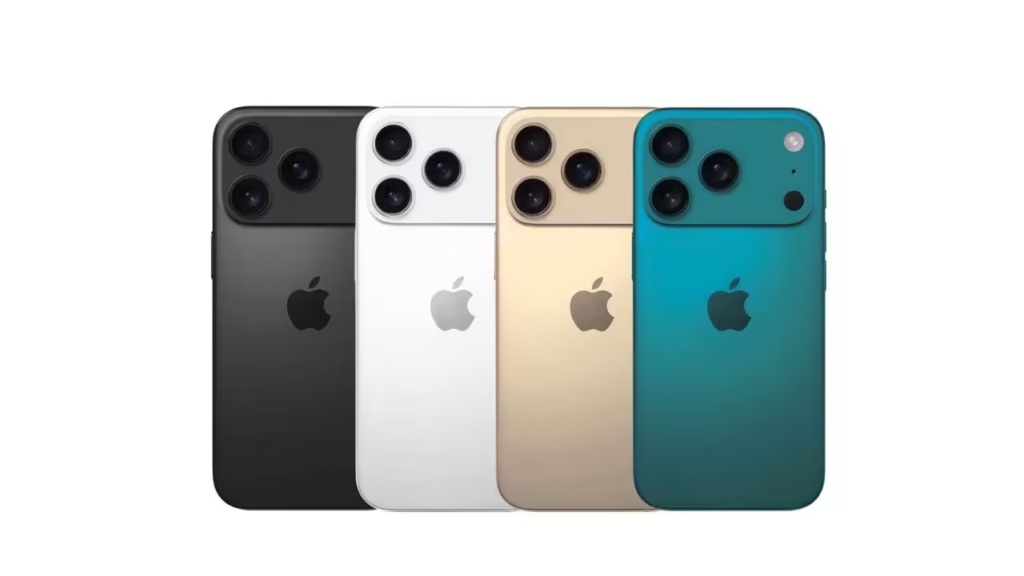Apple’s Big Design Shift Starts with visionOS

When Apple introduced visionOS with its Vision Pro headset, it was seen as a bold step into spatial computing. But what started as a niche platform is now set to reshape Apple’s entire ecosystem—from iPhones and iPads to Macs and even Apple Watch.
According to recent leaks and developer hints ahead of WWDC 2025, Apple is planning a design overhaul across all major devices, heavily inspired by the look and feel of visionOS.
So, what does this mean for everyday users, and why is this such a big deal? Let’s dive in.
What Is visionOS, and Why Does It Matter?
visionOS is Apple’s operating system built for the Vision Pro, Apple’s first spatial computing headset. It features:
- 3D app windows
- Gesture-based navigation
- Dynamic, glass-like UI elements
- Spatial sound integration
Unlike traditional flat UIs, visionOS offers depth, fluidity, and immersive interaction—and Apple wants to bring that same experience to its entire product lineup.
iPhone and iPad Will See First Changes
Apple is expected to roll out visionOS-inspired design elements with iOS 19 and iPadOS 19, including:
- Floating app cards with glassy transparency
- Smoother animations and motion effects
- Depth-based wallpapers and widgets
- Spatial UI cues (on devices with LiDAR or advanced Face ID)
This redesign could make iPhones and iPads feel more dynamic, premium, and immersive, even without a headset.
macOS Is Going 3D (Subtly)
For the Mac, Apple plans to introduce visionOS-style window layering and glass-like transparency with macOS 15:
- Updated System Settings UI
- New multitasking gestures inspired by spatial input
- Real-time widget stacking on the desktop
While Macs won’t suddenly become VR devices, they will reflect a visual language aligned with visionOS, creating a more unified user experience.
Even Apple Watch and Apple TV May Get a Refresh
Apple Watch’s watchOS 12 may include rounded UI elements and layered interface cues borrowed from visionOS. Meanwhile, tvOS 19 is likely to include depth effects and ambient UI design for smart TVs, enhancing Apple TV’s futuristic aesthetic.
Why Apple Is Doing This
There are three main reasons Apple is aligning all platforms with visionOS:
- Unified Ecosystem: Users will feel more connected across devices.
- Future-Ready UX: Prepares the market for Apple’s rumored AR glasses and future headsets.
- Developer Simplicity: Easier for devs to build universal apps across iPhone, Mac, and Vision Pro.
WWDC 2025 Will Set the Stage
This transition will likely be officially unveiled at WWDC 2025, Apple’s annual developer conference. Expect:
- Live demos of visionOS-style UI on iPhone and Mac
- Beta releases for developers
- Updated design guidelines for all Apple platforms
Final Thoughts: A Visual Revolution
Apple’s move to make visionOS the visual DNA of all its devices is a strategic leap into the future. It’s not just about design—it’s about preparing users for the next era of computing, one that blends reality and digital experiences seamlessly.
For users, this means more beautiful, more immersive interfaces. For developers and designers, it means adapting to a world where apps must not only be smart—but also spatial.



